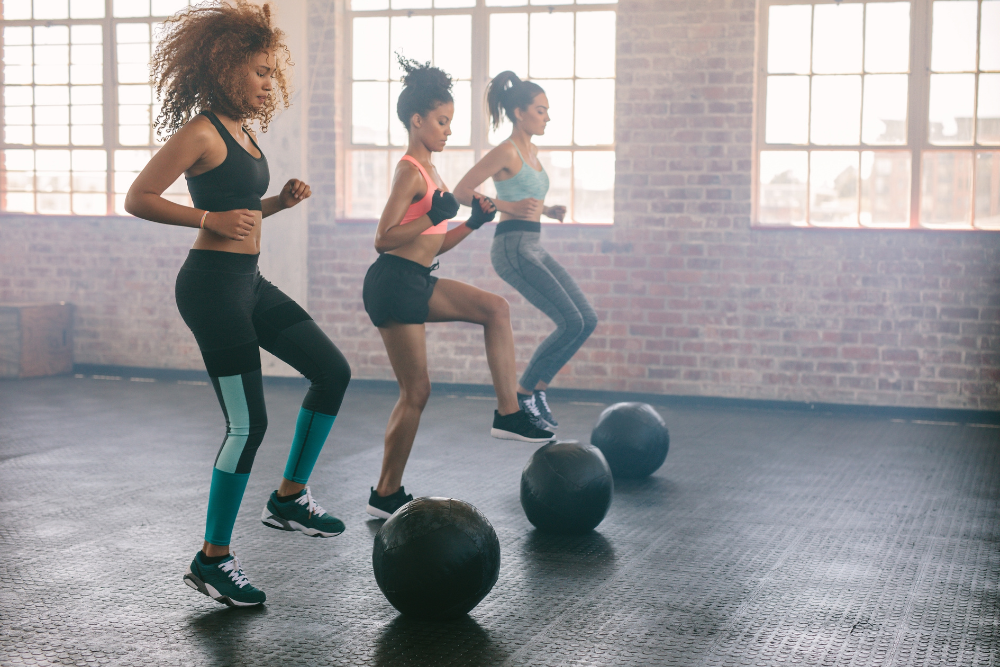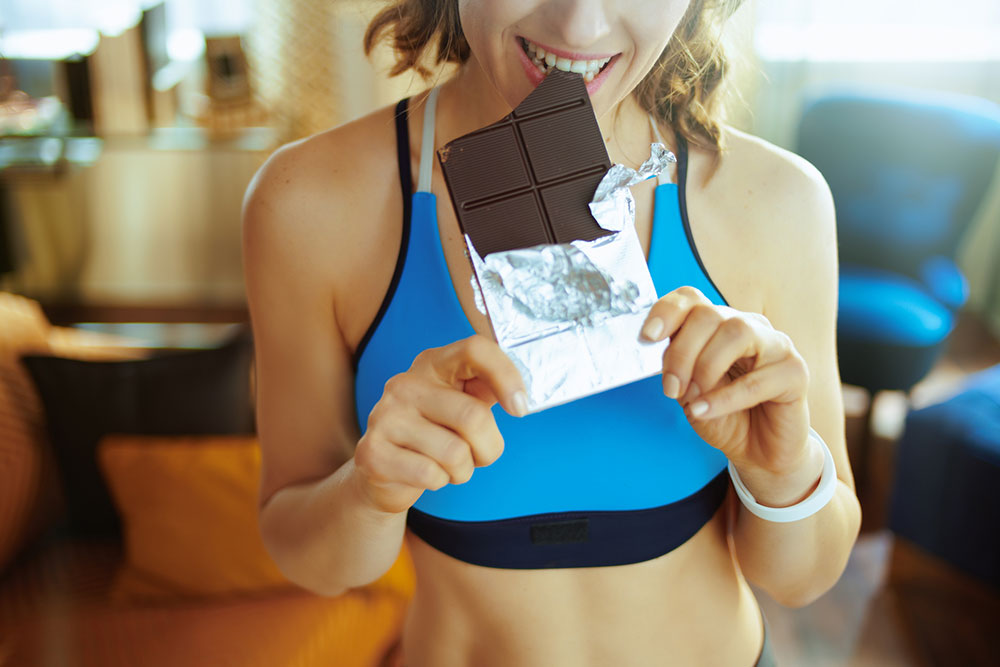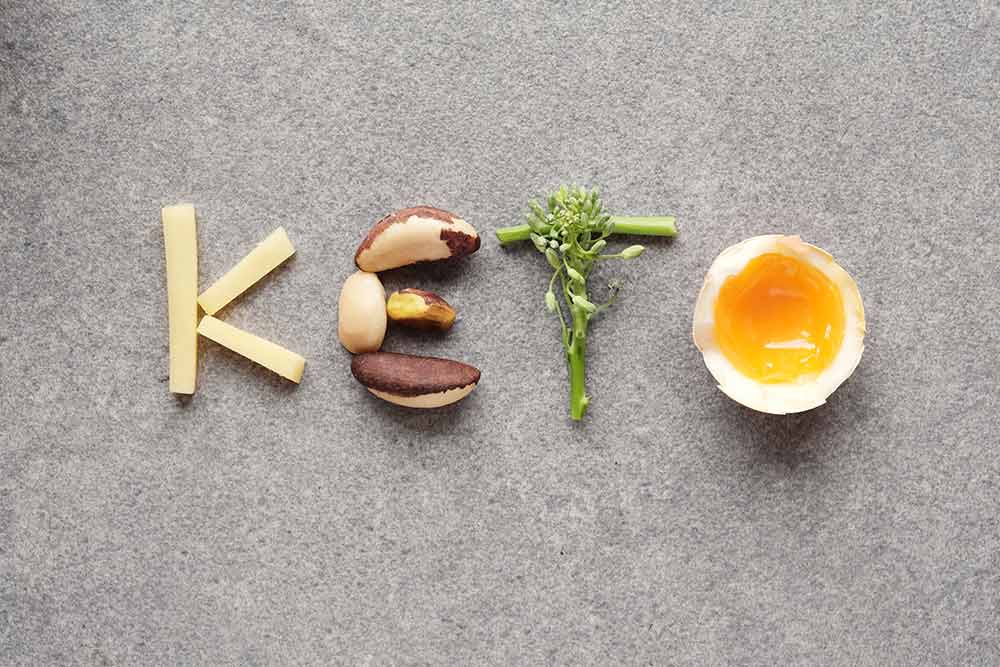Effect of Endurance Training on Lactate Threshold

A Review by Alyssa Bialowas
Tools for aerobic fitness evaluation in endurance training are used in sport and clinical fields to test blood lactate levels for training and competition. Anaerobic threshold (LTAN) is defined as the point during exercise at which lactic acid starts to accumulate in the muscles, the point in intense exercise that anaerobic processes become more dominant. Endurance performance prediction and prescribing optimal training intensities are two important applications of studying anaerobic threshold.
There is controversy in the sport and clinical fields around the need to develop additional tools for aerobic fitness evaluation, and their validity to determine aerobic fitness. The purpose of this study was to analyze the sensitivity of glucose minimum intensity (GMI) and LMI to endurance training.
Related Article: HIIT Responses In Endurance & Sprint Athletes
The Study
A group of 8 trained cyclists participated in this study. They completed two sets of tests, one after the off-season period in March and the other after 12 weeks of training in June. The first test consisted of a maximal incremental test to evaluate the maximal oxygen uptake (VO2max), and the second assessed LMI and GMI intensity.
The GMI and LMI test started off with a 30 second Windgate test (an all-out, very difficult anaerobic exercise test performed on a stationary bike), followed by 8 minutes of rest, and then cycled until voluntary exhaustion. In the end of each stage, blood samples were taken, and heart rate was monitored during the test.
The training program consisted of 12 weeks at three different testing intensities, and blood lactate was determined after testing in each zone.
The Results
In the tests after training, blood lactate levels after maximal exercise was significantly greater than in pre-testing. No significant differences were found in blood glucose levels between pre and post. In all of the cyclists, VO2 max, LMI, and GMI increased significantly after 12 weeks of high intensity endurance training.
Takeaway
Both GMI and LMI are important indexes of aerobic fitness, and can be used as an important index to training prescription in well-trained cyclists and athletes. High intensity interval training proved very effective in improving maximal oxygen uptake, and should be used as a training tool for improving aerobic fitness.
Related Article: The Elevation Training Mask – A Competitive Advantage
You Might Like:
The Science of Temperature Therapy
Temperature therapy (also known as “thermal therapy” or “thermotherapy”) involves the use of heat or cold to improve health and function. Interestingly, thermotherapy has been around for centuries, with ancient cultures regularly using hot springs,...The Predictors of Longevity You Need to Care About
Living a long and healthy life is a universal aspiration, and with the publication of Peter Aittia’s new book “Outlive”, it has never been a bigger focus. With this has come the realisation that, while...How Overtraining and Undertraining Impacts Hormonal Health
While maintaining a healthy hormonal balance is essential for overall health and wellbeing, it is an often-overlooked component of women’s health. Hormones play a vital role in regulating various bodily functions, including metabolism, energy, mood,...12 days of Fitness: 12 Holiday workouts to crush this Christmas
The holiday period is a time for friends, food, and family. With this in mind, it should be a time of guilt-free fun. However, that doesn’t mean you have to neglect your fitness entirely over...Upper Body Strength in Post-Menopausal Women
Menopause is a unique time in the human life, and with it comes a myriad of changes that can have wide reaching health implications. However, over the last 20 years we have seen a strong...Exercise After Menopause: What You Need To Know
Menopause is one of the most significant events in a woman’s life, and with it comes several changes that can affect function. Moreover, the post-menopausal period comes with many health considerations that can have a...Reference
Campos, E., de Andrade, V., de Araujo, G., Junior, P., Kalva-Filho, C., Papoti, M., &
Zagatto, A. “Effect of Endurance Training on The Lactate and Glucose Minimum Intensities.” Journal of Sport Science and Medicine, 17, 117-123.















